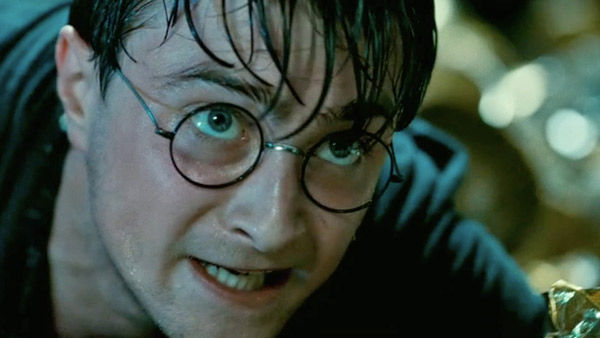This is generally one of the most important elements within filming, the reason for this would be because the camera is used to capture each individual scene within film, directors would say that variation of shots are crucial for a film, this would be because the editor would work with many different shots such as angles and different sizes to then be able to capture the whole scene and keep the viewer interested.
Shot sizes/ distances
- Extreme close-up, Head Closeup, Big Closeup, Closeup, Close Shot, Medium Close shot, Medium Shot, Medium Full Shot, Full Shot, Medium Long Shot, Long Shot, Extreme Long Shot.
Extreme close-up:
An extreme close-up would generally be used by a director to give that intimate feeling between the character and the audience, plus this would generally increase the suspense. The camera shot which would be used within all genres because within most of the genres you would want the character as well as the audience to have some sort of connection.
Head Closeup:
Big Closeup:
Close up:
Close Shot:

Medium Close Shot:

Medium Shot:

Medium shots would potentially be used by all directors so that they would be able to capture the characters overall facial expressions as well as body language which would then tell the audience a lot just by looking at the shot. An example of this would be sarcasm would be shown through facial expressions which would cut out the dialogue and therefore increase the overall visual experience.
Medium Full Shot:

Full Shot:
Medium Long Shot:
Long Shot:
Long Shots are used for directors to be able to capture pretty much a whole scene, not just a character, a long shot makes the audience understand the location and exactly what is happening in terms of the setting in which the character may be in. This is one of the most used camera shots generally due to the fact that it is crucial for the actual director to be able to make the audience understand the overall setting.
Extreme Long Shot:

- High angle, low angle, slanted/canted/dutch angle, eye level, bird's eye view, worm's eye view, over-the-shoulder, POV
High angle:

High angles tend to be chosen to use by the director to generally symbolise weakness, this this camera angle it is normally used from another characters POV. The Director would usually use this on smaller victims or heroes.
Low angle:

Low angles would generally be used to show dominance, the shot is generally often used when the characters are bigger and stronger to the opponent character. Within the image you can pretty much see the two characters looking down at something, this shows at the time within the film that they were dominant in that specific moment in time, as the roles could potentially change later on within the film.
Slanted angle:

Canted angle:

Dutch angle:

Eye level:

Bird's eye view:
Worm's eye view:

Over-the-shoulder:

POV (Point of View):

POV shots are used by directors to show the overall character's point of view which normally directs the attention of the audience to one particular subject. Within the image in which I have chosen the Director is generally wanting the audience to look into the distant blue sea and through the visual would give the audience the experience in which the characters are feeling.
Movement in-camera
- Zoom in, zoom out, pull focus
Zoom in/ out:
Pull focus:
Camera movement
- Crane, Jib, track/dolly, pan, tilt, Steadicam, handheld
No comments:
Post a Comment